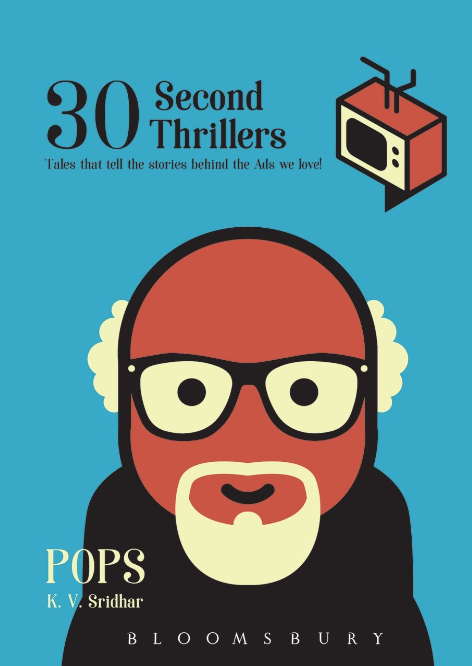K.V. Sridhar’s “30 Second Thrillers” is more than just a book about advertising; it’s a backstage pass to the pulsating heart of Indian culture, woven through the captivating narratives behind iconic commercials. It’s a love letter to the fleeting yet potent magic that unfolds within the thirty-second confines of our television screens, leaving us humming jingles and remembering characters as if they were real neighbors.
Sridhar doesn’t simply dissect popular ads like “Chal meri luna” or the witty “Airtel smartphone kids.” He takes them apart like a skilled watchmaker, revealing the intricate gears of creativity, research, and cultural understanding that tick behind each frame. We witness the birth of ideas in passionate brainstorming sessions, the agonizing revisions, and the final elation of seeing a vision leap from imagination to the living room.
The book cleverly organizes these stories into thematic sections like “The 30 Second Connection” and “The Humor Connection,” showcasing the multifaceted power of advertising. We see ads tugging at our heartstrings (“Taj Mahal tea“), provoking social commentary (“Real Beauty”), and even tickling our funny bone with slapstick brilliance (“Santoor’s bhoot-wala ad”). This structure allows readers to delve deeper into specific aspects of advertising and rediscover familiar commercials through a nuanced lens.
Sridhar’s writing isn’t just informative; it’s infectious. He weaves insightful interviews with ad veterans, historical context, and personal anecdotes into a tapestry as captivating as the best commercials themselves. We hear from industry legends who recall the struggles of censorship, the evolution of technology, and the ever-shifting tide of consumer preferences. The book is a treasure trove of knowledge, offering a glimpse into the challenges and triumphs faced by agencies in navigating the complex landscape of Indian advertising.
But “30 Second Thrillers” doesn’t stop at mere information. It humanizes advertising, stripping away the glossy veneer to reveal the passionate people behind the pixels. We witness the collaborative spirit, the late-night brainstorming fueled by caffeine and pizza, and the relentless pursuit of creating something genuinely impactful within the constraints of thirty seconds.
Perhaps the book’s true brilliance lies in its ability to remind us of the profound impact these fleeting ad vignettes have on our lives. Sridhar shows us how commercials can shape cultural trends, trigger social conversations, and even influence personal choices. He reminds us of the shared laughter around the television, the singalongs to catchy jingles, and the enduring characters that become part of our collective memory.
Who should read this book?
The answer is anyone with a pulse and a television. Advertising enthusiasts will find a goldmine of behind-the-scenes stories and industry knowledge. Marketing professionals can glean valuable insights into consumer behavior and the art of crafting compelling narratives within a limited format. Nostalgia seekers will revel in the familiar tunes and rediscover the commercials that were the soundtrack of their childhood. And anyone curious about the intricate tapestry of Indian culture will find a fascinating lens through which to view its social aspirations, evolving trends, and the power of storytelling.
In conclusion, “30 Second Thrillers” is a delightful and insightful read that will forever change how you see the next commercial you encounter. It’s a tribute to the creativity, humor, and enduring human connection that can be woven into thirty seconds of fleeting magic. This book is a must-read for anyone who has ever hummed a jingle, chuckled at a quirky character, or simply marveled at the power of a well-crafted story – all within the constraints of a TV screen.
This book is another gem like Pandeymonium by none other than Piyush Pandey.
